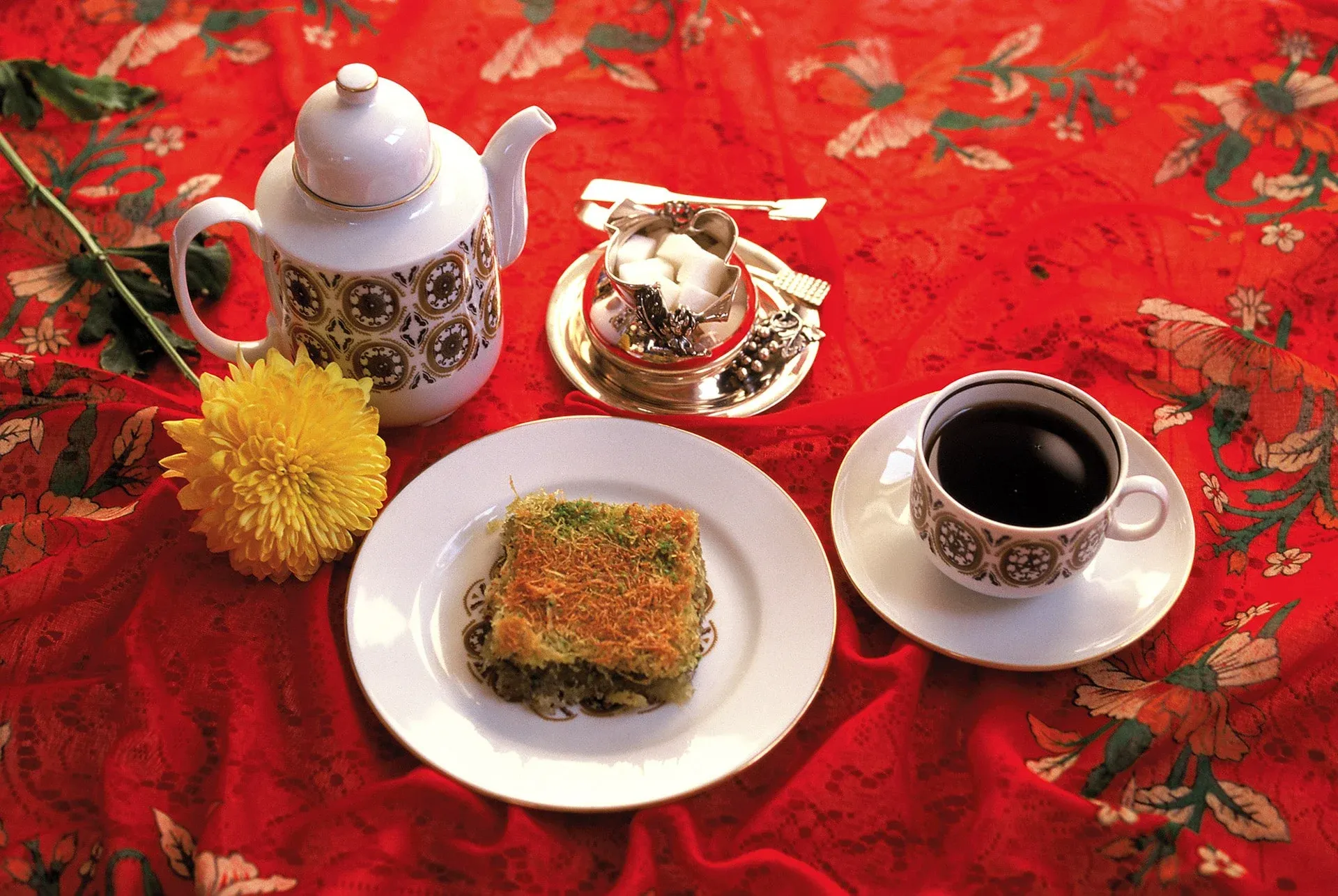The Real Story of Sweets Beyond Baklava

The most well-known sweets associated with Turkish Cuisine are "lokum" (Turkish delight), and "baklava", giving the impression that these may be the typical desserts eaten after meals.
This, of course, is not true. First of all, the family of desserts is much richer than just these two. Secondly, these are not typical desserts served as part of the main meal. For example, baklava and its relatives are usually eaten with coffee, as a snack or after a kebab dish. So, to further our education in Turkish cuisine we will survey the various types of sweets.
By far, the most common dessert after a meal is fresh seasonal fruit that acquires its unique taste from an abundance of sun and old-fashioned ways of cultivation and transportation. Spring will start with strawberries, followed by cherries and apricots. Summer is marked by peaches, watermelons and melons. Then, all kinds of grapes ripen in late summer, followed by green and purple figs, plums, apples, pears and quince. Oranges, tangerines, and bananas are among the winter fruits. For most of the spring and summer, fruit is eaten fresh. Later, it may be used fresh or dried, in compotes, or made into jams and preserves. Among the preserves, the unique ones to taste are the quince marmalade, the sour cherry preserve, and the rose preserve (made of rose petals, which is not a fruit!).
